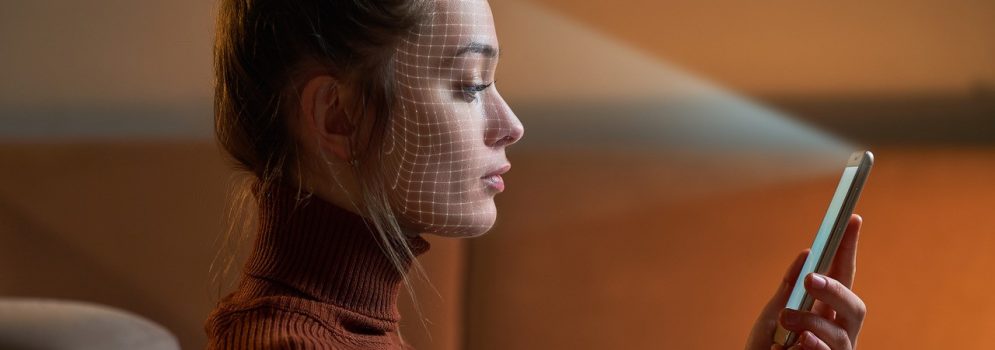Live testing, your best bet for ID checks
I’m Wizidee! Let me take a few minutes to explain a term that often crops up when discussing facial recognition. Live testing is an operation that checks and proves a person’s identity remotely. It is often used to secure access to a service. If you don’t know about it, find out about the three main issues with this technology.
Issue No. 1: Securing access to a remote service
Imagine you need to make sure that your remote prospective client is indeed the person they are claiming to be before giving them access to your service. For example, they wish to sign up for their first insurance policy with your firm. They can use their telephone to provide information or documents such as an ID document. At this point, your most pressing concern is to ensure that they are not committing identity theft.
Live testing can not only check that the person is real, it can check their identity by comparing the photo retrieved from the ID document with the person performing the remote check. To achieve this, it uses the telephone camera coupled with a facial recognition solution. Practically speaking, the user takes a selfie. In a matter of seconds, the solution determines whether their face corresponds to the photo, making it a swift, effective process. The person’s identity is confirmed and the client pipeline remains secure!
Issue No. 2: Identifying a person even if they have aged
We expect an ID checking solution that uses live testing to be reliable, almost infallible.
To achieve this, it needs training. By this, we mean that artificial intelligence uses a network of neurons that has practised viewing millions of photos of faces, to determine whether it is the same person as the one seen in real time via the camera. Not only that, but it has learned to process natural variations occurring over time – ageing effects, balding or new hairstyles, facial expressions – and in the environment – changes in light, photo quality, etc. Users can show an ID document with a photo taken when they were 30 with long hair, even if they are now 40, with a moustache and short hair when taking the selfie. Recognition will not be affected and their identity can still be confirmed.

Issue No. 3: Distinguishing a real person from a mask or a video
Live testing really comes into its own with artificial intelligence capacity to recognise “attacks”.
A second network of neurons has been trained to detect attacks. It uses various means to ensure that the selfie is not a fake. It can recognise if the person is wearing a mask, taking a “selfie” of a photo or from a screen playing a video. The solution must be able to detect clues from image texture, colorimetry, tiny facial movements etc. These are all elements that can be checked one by one to detect and confirm that it really is a living person facing the camera.
There are other techniques to recognise attacks. “Challenge” solutions ask the user to follow instructions, for example “turn your head to the right” or “say ‘thirty-three’ out loud”. These live testing techniques are effective, but nowadays are reaching their limit with the popularisation of deepfake tools. The special effects these offer are highly authentic and they are largely capable of fooling this type of solution.
Now you know how facial recognition solutions work with live testing. I could talk for hours about this… so if you’d like to find out more and check out the Wizidee solution,contact me!



